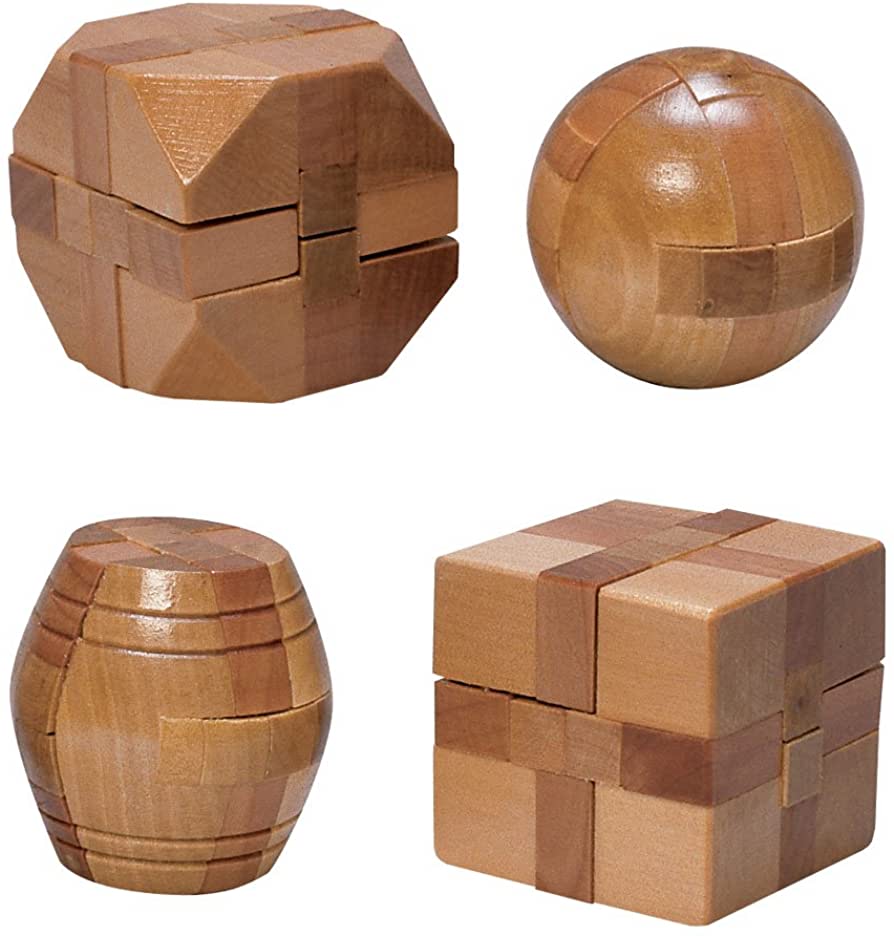Tangrams are ancient Chinese puzzles that consist of seven flat shapes that can be combined to create various forms and figures. Tangrams reflect the philosophy of Taoism, which emphasizes the importance of achieving balance, harmony, and simplicity in life. The art of tangrams is not limited to the creation of individual puzzles but also encompasses the skillful arrangement of tangrams to create elaborate scenes and landscapes. Tangrams offer cognitive benefits by improving spatial reasoning, visual perception, and problem-solving skills, as well as promoting mindfulness. The art of tangrams is a testament to the enduring appeal of Chinese culture and philosophy.
The Zen of Tangrams: Exploring the Philosophy Behind Traditional Chinese Puzzles
Tangrams are ancient Chinese puzzles that have fascinated mathematicians, artists, and philosophers for centuries. These puzzles consist of seven flat shapes that can be combined to create various forms and figures. But tangrams are much more than just a fun pastime. They embody a deep philosophy that reflects the Taoist worldview of harmony, balance, and simplicity.
The History of Tangrams
The origins of tangrams are shrouded in mystery, but many historians believe that these puzzles were popularized in China during the Qing Dynasty, which lasted from 1644 to 1912. Tangrams became a prized pastime among the literati, who sought to develop their mental prowess and aesthetic sensibilities through these puzzles. Tangrams even became a way for scholars to express their political views in a covert manner, as certain combinations of shapes could be interpreted as satirical commentary on the ruling class.
The Philosophy of Taoism in Tangrams
The philosophy of Taoism is central to the art of tangrams. Taoism emphasizes the importance of achieving balance, harmony, and simplicity in all aspects of life. This worldview is reflected in the design of tangrams, which require the player to carefully balance each shape in order to create a unified whole. The seven shapes in a tangram represent the seven elements of the Taoist universe, which are earth, water, fire, wood, metal, sky, and man. By combining these elements in different ways, the player can create an infinite variety of forms and figures, each embodying a unique expression of Taoist principles.
The Artistic Beauty of Tangrams
One of the most striking aspects of tangrams is their aesthetic beauty. Unlike many other puzzles, which are purely abstract, tangrams create recognizable forms and figures that evoke a sense of wonder and delight. The simplicity and elegance of tangrams have inspired countless artists over the centuries, from painters and printmakers to sculptors and designers. The art of tangrams is not limited to the creation of individual puzzles, but also encompasses the skillful arrangement of tangrams to create elaborate scenes and landscapes.
The Cognitive Benefits of Tangrams
While tangrams are rooted in philosophy and aesthetics, they also offer many cognitive benefits. Playing with tangrams can improve spatial reasoning, visual perception, and problem-solving skills. By manipulating the shapes, players develop their ability to think creatively and logically. Tangrams are also an excellent tool for developing mindfulness, as they require the player to focus on the present moment and immerse themselves in the process of creation. In this way, tangrams embody the principles of Zen, which emphasizes the importance of being fully present and engaged in the moment.
Conclusion
Tangrams are much more than just a simple puzzle. They embody a deep philosophy that reflects the Taoist worldview of harmony, balance, and simplicity. Tangrams offer an artistic and aesthetic experience that can inspire and delight, while also improving cognitive skills and promoting mindfulness. The art of tangrams is a testament to the enduring appeal of Chinese culture and philosophy, and a reminder of the beauty and wisdom that can be found in even the simplest of games.
